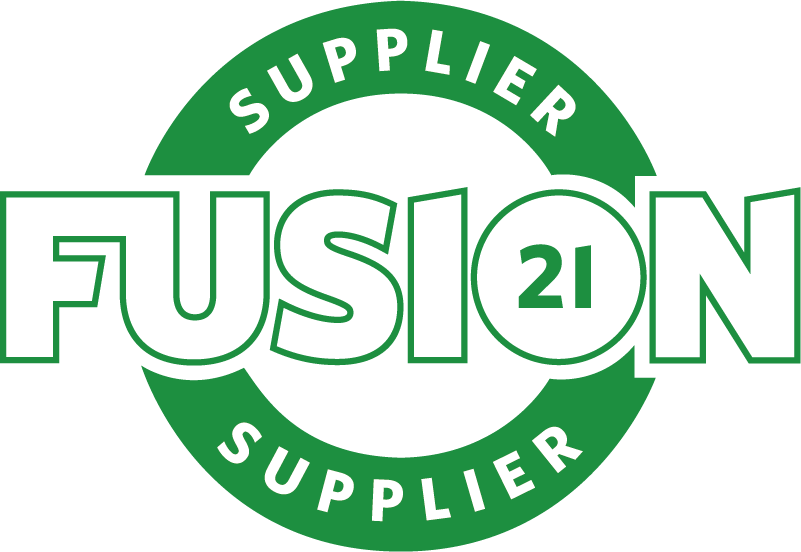Do Businesses Recognise The Value Of FM: A Q&A

This month, as we celebrate World FM Day, we had the opportunity to sit down with Paul Bryan, Head of Sales at SEE Services, to delve into the challenges encountered by FM professionals and explore potential solutions.
Q: What is Facilities Management (FM), and why is it important to businesses? Facilities Management, or FM, is the practice of ensuring the functionality, safety, and efficiency of built environments. It’s often described as the ‘backbone of the built environment’, ensuring the smooth functioning of buildings, infrastructure, and facilities. However, in my experience, in-house FM professionals are often battling the perception of FM as an unwelcome cost, and the broader impact on operations and occupants is overlooked.
Q: What factors contribute to the perception of FM as an unwelcome expense? There are various factors contributing to the perception of FM as a cost center rather than a strategic investment. Mainly, its behind-the-scenes nature, misunderstanding of FM's breadth of responsibilities, the difficulty in quantifying its benefits, and the understandable prioritisation of core business activities. However, FM is crucial for maintaining the functionality, safety, and efficiency of built environments, and a better understanding of its role can shift this perception to recognise it as a strategic asset.
Q: How can FM professionals improve the perception of FM? When FM isn’t your core activity, highlighting the tangible benefits of effective FM beyond maintenance expenses can enhance its perception. FM plays a crucial role in ensuring operational continuity, enhancing employee productivity, and maintaining a safe and healthy work environment. By emphasising these aspects, businesses can recognize FM as an investment rather than a cost. Additionally, involving FM professionals in strategic decision-making processes can showcase their expertise and the value they bring to the organisation, ensuring FM is seen as integral to business objectives.
Q: Can you share any examples of how FM has helped achieve business objectives? Absolutely. At SEE, we work with various businesses, helping them address challenges and meet objectives. For example, at an NHS site, we've fully outsourced their FM delivery, significantly enhancing site functionality. With a PPM completion rate of 98%, assets are well-maintained, ensuring safe and comfortable environments for patients. Breakdowns have an 85% first-time fix rate, benefitting patients and reducing downtime. We've also generated cost savings, with a 20% reduction in planned and a 30% reduction in reactive tasks, aligning with long-term client goals. Furthermore, our forward planning supports clients in achieving their net-zero targets.
Q: How can businesses ensure they're getting the most out of their FM services? To ensure businesses maximize the benefits of FM services, it's crucial to foster open communication and collaboration between FM professionals, strategic partners like SEE Services and other inhouse departments. This includes regularly reviewing FM strategies to align with business objectives, providing adequate resources and training for FM teams, and incorporating feedback from occupants and stakeholders. By treating FM as an integral part of the organization and investing in its success, businesses can unlock the full potential of FM services to drive efficiency, productivity, and overall success.
To find out how SEE Services can help your business please visit: https://www.see-ev.com




